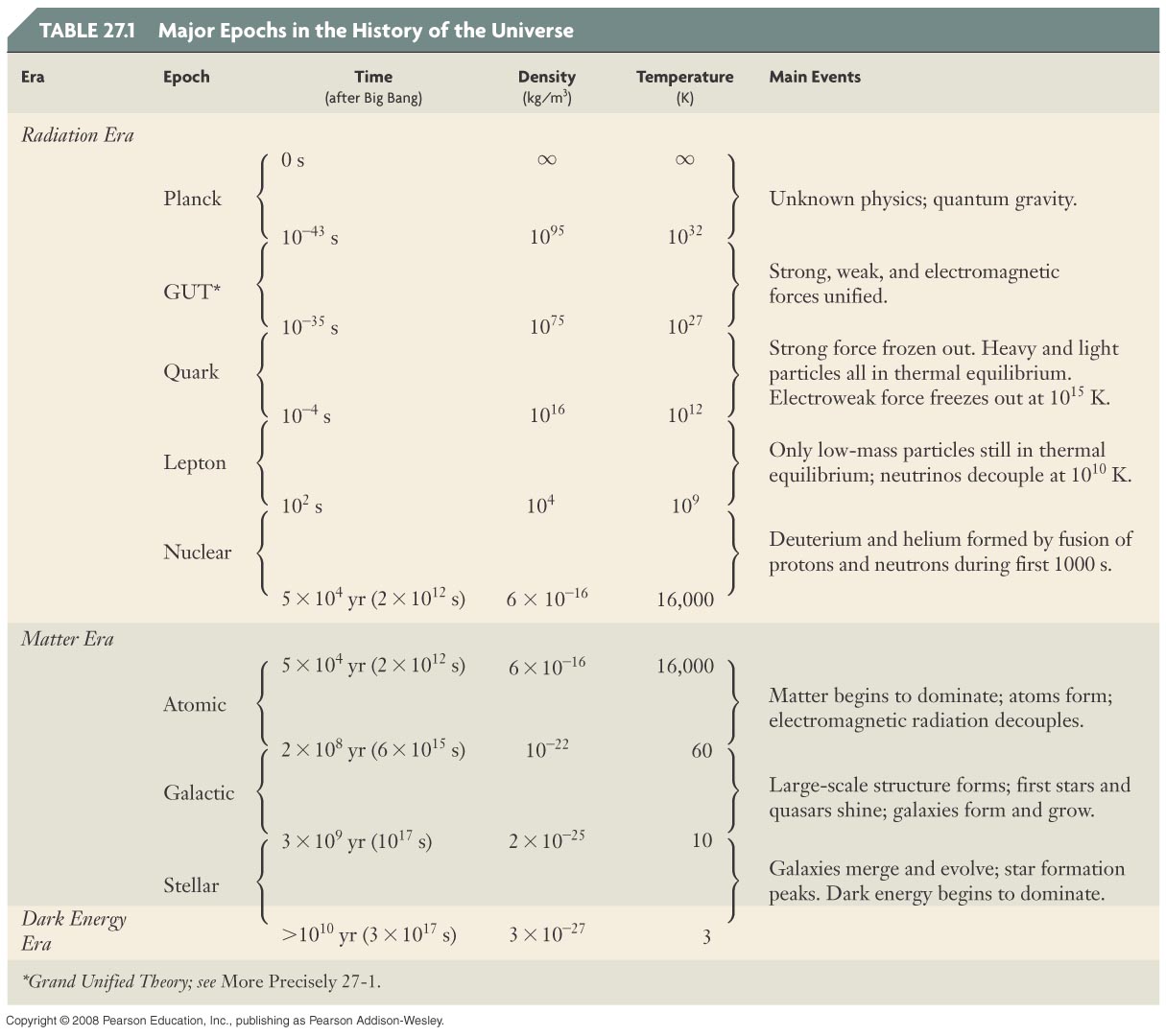- Nov 2, 2016
- 4,818
- 1,642
- 67
- Gender
- Male
- Faith
- Catholic
- Marital Status
- Married
Here Associations, not causal link.
I’ve no idea where the argument comes from.
But speed of light decides electromagnetic constants.
They affect plasma behaviour, so some sun surface forces
Also the release of energy per unit mass. Mc square.
Somehere there could be an answer.
I’ve no idea where the argument comes from.
But speed of light decides electromagnetic constants.
They affect plasma behaviour, so some sun surface forces
Also the release of energy per unit mass. Mc square.
Somehere there could be an answer.
I'm not sure why you replied to my post with the other post. None of what you write has anything to do with how a different speed of light would impact the luminosities of stars. So let's try again...
By what mechanism would a different speed of light alter the luminosity of a star, and why could this not be compensated for by having life closer or further from the star?
For example, changing the gravitational constant would certainly change the compactness of stars of a particular mass. What would the speed of light do?
Most places where the speed of light enters into the physics underlying stellar evolution it is in combination with other constants. (In nuclear physics, in atomic physics, thermodynamics, etc.) This is why such variation is often measured in unitless combinations like the fine structure constant.
How would the propagation speed of light impact the luminous output of a star? Those other impacts are in areas of physics whose fundamentals have not changed since your list was compiled. Surely there is a reference in it to *why* the speed of light would change stellar output. Please provide.
Upvote
0


